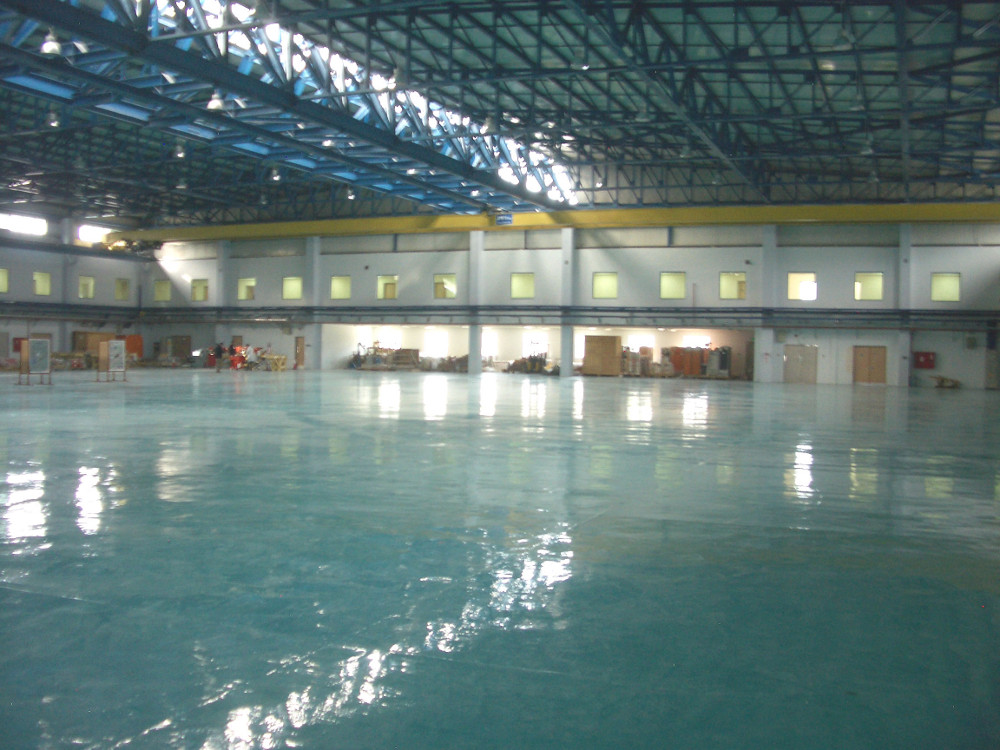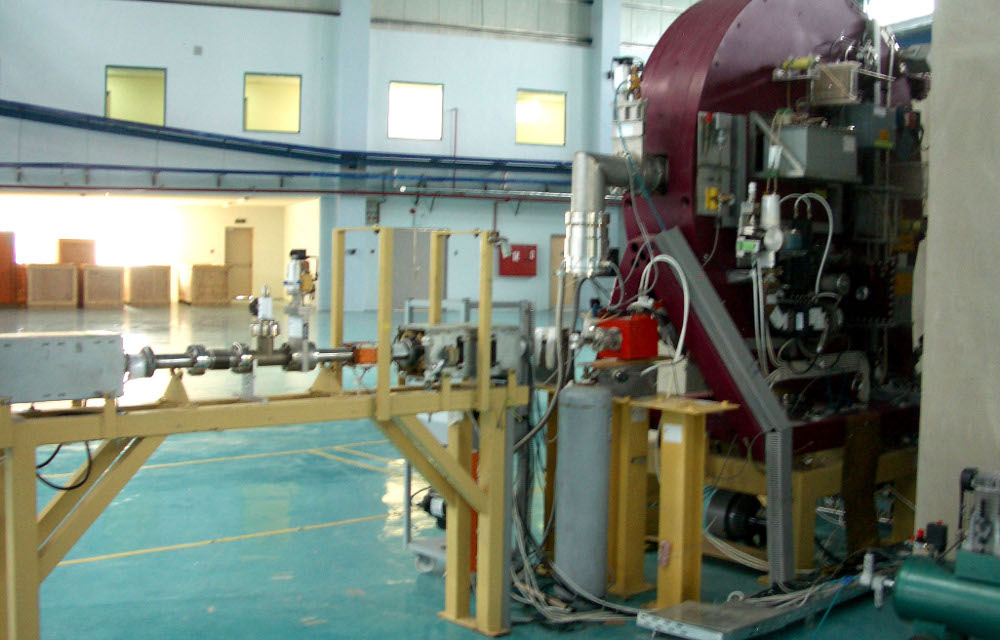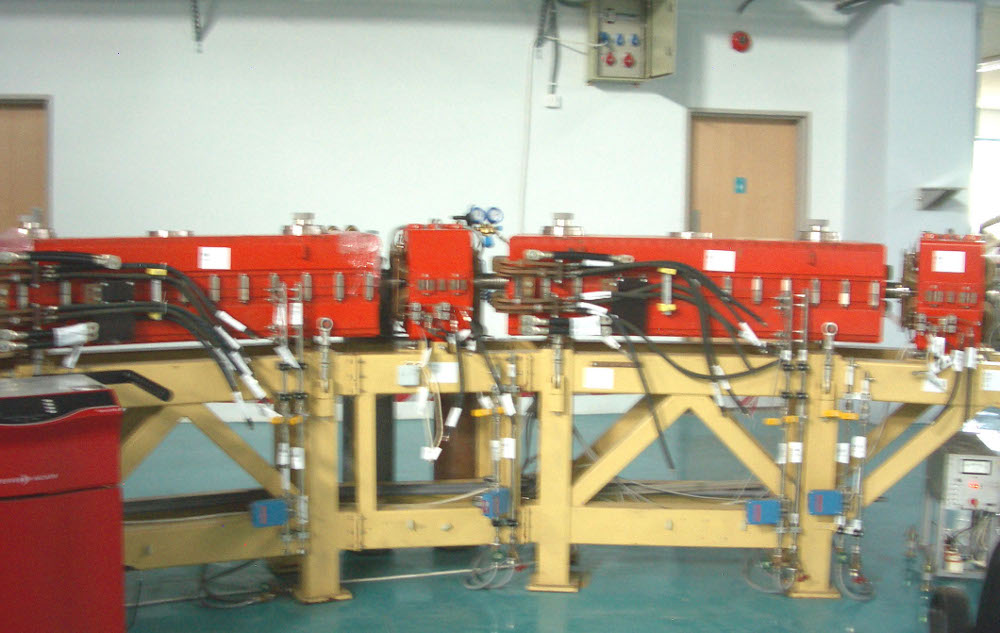Director's Corner
3 December 2009
 Barry Barish |
"Open Sesame"
Most of us have known the expression "Open Sesame" since childhood and have associated it with magic powers. It comes from the tale of "Ali Baba and the forty thieves," when by magic, Ali Baba is able to open the door to the hidden treasure with that simple command. Last year, an exciting new laboratory in Jordan also named SESAME celebrated what they called a "soft" inauguration (or "opening"). Soft because it denoted the official start of this project by completion of the impressive accelerator building that will house the facility and the start of installation of the injector. These are visible first steps toward developing a state-of-the-art synchrotron light facility for the Middle East. I had the pleasure of visiting SESAME last month and spent very informative days meeting with the staff and learning of their detailed plans and aspirations.
The Synchrotron-light for Experimental Science & Applications in the Middle East (i.e. SESAME) is a scientific collaboration of countries in the region, who have joined together to develop a major international research center. The original idea of developing such a laboratory based on a state-of-the-art light source was put forward by Herman Winick (SLAC) and Gus Voss (DESY) in 1997.
Their original idea was to move BESSY I, a machine scheduled for closure in Berlin, to the Middle East and upgrade it for this new initiative. The motivation was twofold: to create a world-class facility for science and technology in the Middle East and Mediterranean region; and to build bridges for peaceful collaboration in scientific research between the countries in this politically complicated region. The first goal is getting underway in earnest, thanks to gifts and loans of equipment from many of the other major laboratories in the world, coupled with recruiting an initially small but skilled, committed and talented number of technical staff. The second goal is also off to an impressive start with growing and broad participation of countries in the region, including Bahrain, Cyprus, Egypt, Iran, Israel, Jordan, Pakistan, Palestinian Authority and Turkey. These countries form the present membership of the SESAME Council, plus there are a large number of observer countries. It is obvious by just glancing at this list that SESAME is already playing a unique role of bringing scientific researchers from the politically divided Middle East into a peaceful scientific environment.
A collaboration and initially temporary council was formed in 1999 and Herwig Schopper, former Director-General of CERN, served as the first President of the Council. SESAME gained more official status from UNESCO in 2002, at which time Jordan was chosen from seven proposals as the site for this international center intended to promote peace and science in the Middle East. Chris Llewellyn-Smith, also former Director-General of CERN, has succeeded Schopper as President of the Council and is very actively pursuing the goals of expanding the collaboration, raising the remaining funding needed to build the facility, and most importantly working towards developing sustaining funding for the operation of the facility.
The concept for the machine has evolved from the original plan to upgrade BESSY I from 0.8 to 1.0 GeV. Instead, recognising the need and demand for harder X-ray beams, the present design is for a 2.5-GeV ring, which will make SESAME a true world-class facility. The design being implemented uses the 22-MeV BESSY I microtron upgraded with modern controls, followed by the 800-MeV BESSY I injector, also with upgraded controls, vacuum system, etc. Building on this gift from Germany, the beam will then be injected into a large ring of 133 metres circumference, where the electrons will be accelerated to 2.5 GeV, and then it will be used as a storage ring with wigglers etc to make photons for the experimental programme. The facility can eventually accommodate more than 20 beamlines and at a later time, the 0.8-GeV injector could be replaced with a 2.5-GeV injector so that the storage ring can be used in a continuous mode for experiment, by topping off the beam as needed.
It is always exciting and rewarding as a scientist to witness a new laboratory or experiments come into existence. This is especially so for SESAME, since it could potentially have a very large impact beyond the science it produces. The challenges are many: the funding is not in place to complete the project; the operations funding must be established; a first-rate staff must be assembled; etc. Nevertheless, the dedication and commitment to succeed are there, and they appear destined to succeed. Like Ali Baba, they are creating the magic needed to find the treasures they seek — "Open Sesame!"
-- Barry Barish



